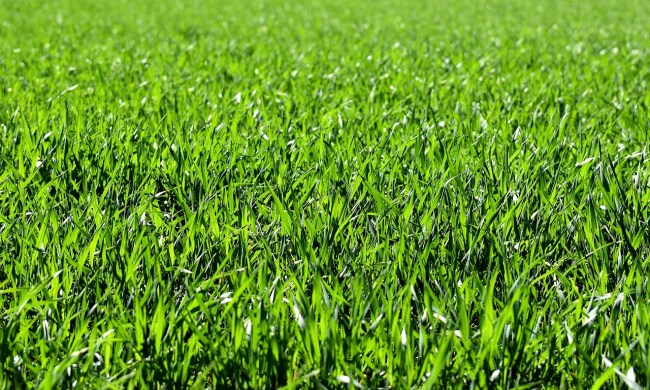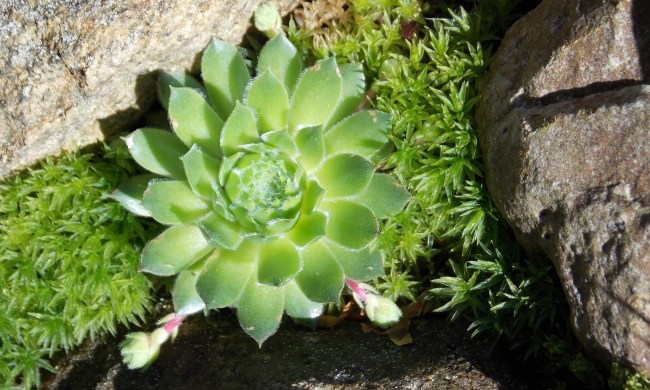If you’re looking for a beautiful, colorful flower to add to your garden, then phlox may be just what you’re looking for. From creeping phlox that’s useful as a ground cover to taller phlox plants like annual phlox, there are many lovely types of phlox to choose from. Most phlox species are native to North America, making them an excellent choice for gardeners who love growing native wildflowers. Want to try growing phlox flowers in your garden? Here’s what you need to know.
Planting phlox flowers

Phlox plants aren’t difficult to start, provided you meet their needs. Start your phlox plants in the spring or fall, when the weather is warm and mild. Choose a location with well-draining soil. Phlox flowers are tolerant of most soil types, but nutritionally rich soil is ideal, but if your garden soil isn’t naturally rich, you can add compost or leaf mold to enhance it. This will also help improve the drainage of your soil.
The majority of phlox species prefer full sun, with mild shade tolerance. A few phlox species, such as woodland phlox, prefer partial shade. It’s a good idea to check your specific phlox’s preferences before planting, but if you aren’t sure what type of phlox you have, then aim for full sun with some light shade during the early afternoon.
Phlox plant care

While some phlox species have more drought tolerance than others, most appreciate regular watering. This is especially true during dry weather, when you may notice drooping or wilting leaves. Regular deadheading, while not technically necessary for your plant’s health, will encourage your plant to continue blooming. Just be careful when removing the flowers; phlox is popular with pollinators, so you may find a friend resting in the flowers!
Phlox bugs, Lopidea davisi, are a common pest for phlox plants. They are sap-sucking insects that, in large numbers, can cause serious damage to your phlox plants. Insecticidal soap can help get rid of them and their eggs. Small garden pests, such as aphids and mites, as well as certain beetles and caterpillars, can also damage phlox plants. This damage is typically cosmetic, meaning it impacts the appearance of the plant more than the overall health.
Due to their popularity with pollinators, using pesticides on any phlox flower is quite risky. While you can use an organic alternative such as neem oil or insecticidal soap, you might want to consider attracting natural predators like ladybugs and birds to your garden. Remember, even though these insects are pests to gardeners, they’re still an important part of the ecosystem!
Types of phlox plants to grow

There are nearly 70 species in the phlox genus, which can be a lot to sort through. If you’re overwhelmed by the amount of options, here are four phlox species that are easy to find and grow in your garden.
Garden phlox
Garden phlox, or Phlox paniculata, is one of the most commonly grown phlox species. It has beautiful pink and purple flowers, which grow in clusters at the ends of tall stems. Garden phlox is among the taller phlox species, typically growing 2 to 4 feet tall. This is a perennial phlox, meaning it will regrow year after year as long as it has proper care.
Creeping phlox
By contrast, creeping phlox, or Phlox stolonifera, is one of the shorter phlox species. It is often planted as a ground cover, and it forms low mounds that bloom densely. It sometimes has so many flowers you can hardly see any leaves or stems at all, creating a carpet of colorful blooms. Creeping phlox is also a perennial.
Annual phlox
Annual phlox, Phlox drummondii, is, as the name suggests, an annual. This means it dies at the end of the growing season, but it will sometimes reseed itself. This phlox species is native to Texas and is moderately more drought tolerant than other types of phlox. While the flowers come in many colors, annual phlox is perhaps best known for its brilliant red varieties.
Woodland phlox
Woodland phlox, or Phlox divaricata, is also called wild blue phlox. Known for its blue or periwinkle flowers, this phlox species is more shade tolerant than other phlox species. It isn’t quite as tall as garden phlox, but it is taller than creeping phlox. Woodland phlox is a perennial phlox species.
Phlox companion plants

Phlox is a friendly plant that can grow with a variety of other plants as long as their companions enjoy sun or partial shade and moderately regular watering. Phlox works particularly well as part of a pollinator garden. Bees, butterflies, and hummingbirds all love phlox flowers. Some excellent companions for your phlox are black-eyed Susans, coneflowers, coreopsis, blanket flowers, bee balm, yarrow, sage, and catmint. The flowers look beautiful with phlox, but they’re also popular with many of the same pollinators.
Phlox plants are stunning, beneficial, and native, making them an excellent choice for most gardens. As long as you have somewhere sunny to plant them and can water them when the weather is too hot and dry, you’ll be able to enjoy these gorgeous flowers. Whether you grow them on their own or as part of a larger garden, you’re sure to be delighted by phlox flowers!




